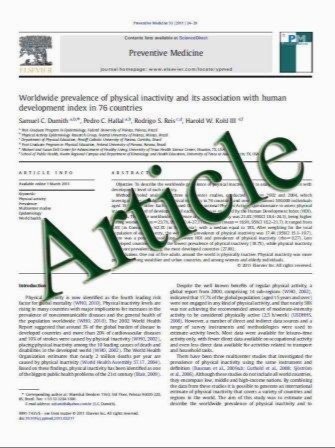Prevalence of findings compatible with carotid artery calcifications on dental panoramic radiographs
- نوع فایل : کتاب
- زبان : انگلیسی
- مؤلف : Stefan Bayer & Ernst-Heinrich Helfgen & Carolin Bِs & Dominik Kraus & Norbert Enkling & Sebastian Mues
- چاپ و سال / کشور: 2010
Description
Cerebrovascular accidents are responsible for killing or disabling more than half a million Americans every year. They are the third leading cause of death in this country. In Germany, the annual stroke incidence reaches 182 cases per 100,000 inhabitants. Stroke there is the fourth leading cause of death. There is a need of finding cost-effective means of decreasing stroke mortality and morbidity. Instruments for early diagnosis are of great humanitarian and economic importance. All possible clinical findings should be taken into account. It is not the demand of this study to present the panoramic radiograph as a screening test method for early diagnosis of atherosclerosis. The aim is to show the potential of this radiograph used in everyday clinical dental practice by the prevalence of radiopaque findings in the carotid region. This study included panoramic dental radiographs of 2,557 patients older than 30 years of age. Fifty-nine percent of the patients were women and 41% were men. The radiographs were adjudged for signs compatible with carotid arterial calcifications appearing as a radiopaque nodular mass adjacent to the cervical vertebrae at or below the intervertebral space C3–4. Of all these radiographs, 4.8% showed radiopaque findings compatible with atherosclerotic lesions. The proportion of women reached 64.8% and that of men reached 35.2%. In accordance to recent literature, the results of this study show that about 5% of the patients show radiological findings compatible with carotid arterial calcifications. Some of these patients at risk for a cerebrovascular accident may be identified in the dentist's office by appropriate review of the panoramic dental radiograph. The suspicion of carotid artery calcifications demands an impetuous referral to an appropriate practitioner who can assist in the control of risk factors and if necessary arrange surgical removal of the carotid arterial plaque. So, the dentist should be aware of this problem and able to make a contribution to stroke prevention.
Clin Oral Invest (2011) 15:563–569 DOI 10.1007/s00784-010-0418-6 Received: 22 October 2009 / Accepted: 19 April 2010 / Published online: 30 April 2010


